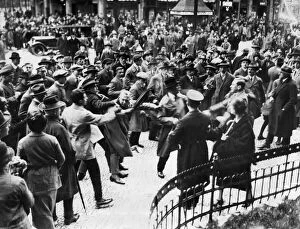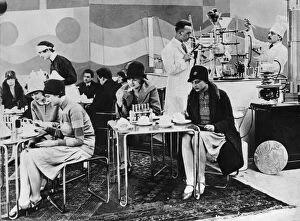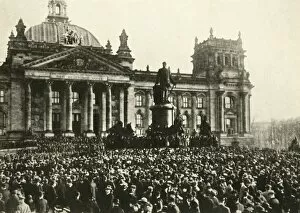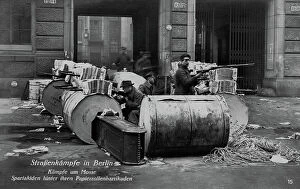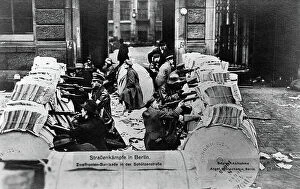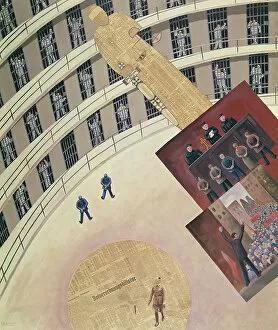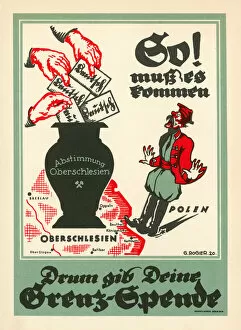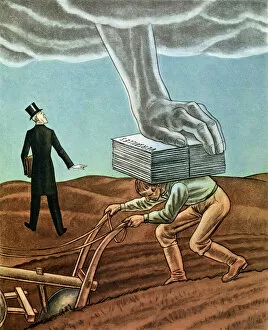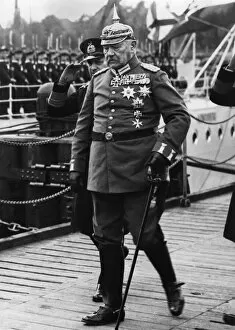Weimar Republic Collection (#2)
The Weimar Republic, a tumultuous era in German history, was marked by political upheaval, artistic innovation, and social unrest
All Professionally Made to Order for Quick Shipping
The Weimar Republic, a tumultuous era in German history, was marked by political upheaval, artistic innovation, and social unrest. From the Odeon Casino poster by Walter Schnackenberg to the Romanesque Cafe scene of 1912, these visual representations captured the vibrant spirit of this time. However, not all aspects were as idyllic. The rise of anti-Semitism is depicted in "The Jews are Our Misfortune" poster from the 1920s, serving as a chilling reminder of the dark undercurrents within society. Similarly haunting is "Self-Portrait in the Camp" from 1940—a stark portrayal of life during wartime. Amidst these struggles emerged remarkable achievements like the Einstein Tower in Potsdam—designed in 1920—an architectural marvel that showcased Germany's scientific prowess. Yet even such accomplishments couldn't overshadow street battles that ravaged Berlin during this period. Political events also shaped this era; presidential elections held between March and April 1925 marked Germany's first direct democratic process. Amidst political turmoil came societal issues like poverty and bartering for goods—a reality depicted vividly through powerful lithographs such as "The Political Prisoners" collage and "The Poverty in Germany. " Propaganda played a significant role too—the colorful lithograph titled "The Rhine Remains German. " opposed Allied occupation after World War I. These images serve as reminders of how art became intertwined with politics during this turbulent time. In contrast to these somber moments were glimpses into everyday life—like young women enjoying food at a Berlin restaurant where 'Decoralised' meals were served—an indication of changing societal norms. Ultimately, the Weimar Republic encapsulated both triumphs and tribulations—a complex chapter that left an indelible mark on German history.

